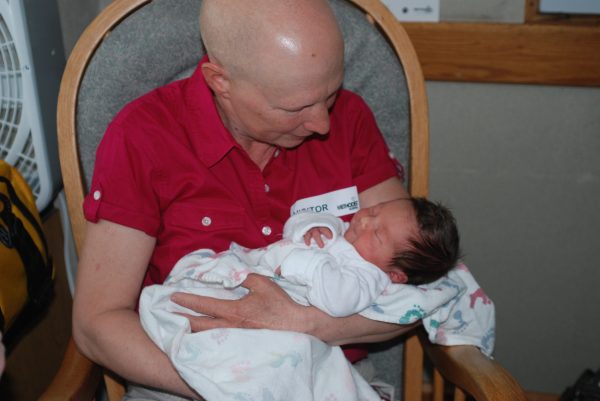Opinion: Slow Down on Fast Fashion
Brands Lead To Pollution
Not a lot of time is spent thinking about clothes, except for fashion and style. How well the clothes go with each other, but what happens when one grows out of the clothes and throws them away? Where do the “out-of-style” clothes go?
Fast fashion is a subset of the clothing industry where recent catwalk trends are mass-produced at a low cost and brought to retail markets quickly. There is a new season every week. This leads to vast amounts of waste, due tothen clothing stores throwing formerly trendy items away. According to Earth.org, the number of clothes sold doubled between 2000 and 2015 to 200 billion units a year, but the times an item was worn decreased by 36%. Consumption has increased, and tThe fashion industry now generates 10% of the total carbon dioxide emissions, which is double the combined total of the aviation and shipping industry. It is only behind the technology and automotive industries in the amount of manufacturing.
While companies take most of the blame for producing, marketing and selling the clothes, the consumer is not entirely free of blame. When consumer and retail waste is combined, it adds up to 92 million tons of clothing-related waste per year. The weight of 1,260 blue whales in clothing is discarded every day, with the average American throwing away 81 poundslbs of clothing a year.
These are all statistics from after the clothing is produced. The clothing manufacturing industry is one of the worst for workers around the world. According to George Washington University, less than 2% of fashion factory workers make a living wage. Despite working up to 16 hours a day and seven days a week, the pay is abysmal. Children are also often used because the labor is low-skilled. The chemicals involved in the manufacturing process have also been found to cause cancer. The deadliest structural failure accident occurred in a garment factory in Dhaka, Bangladesh. The building was unsafe and should have been condemned, but the manager ordered workers to come in anyways. More than 1,130 people died.
To make a change, the general apathy of the public must be turned into compassion. It is not hard to start caring about the clothes one wears. An easy way to start is to stop buying new clothes if they are not needed. Also, learning how to sew to fix garments is a useful skill rather than throwing something away because it has a hole in it. Instead of throwing clothes away, donating them to a charity or thrift store is a better, more sustainable option.
Fast fashion is unsustainable for the environment and dangerous for the workers. By recognizing the harmful effects of fast fashion and taking better care of clothes, the world, and the wardrobe, can become a better place.

Nick Goblirsch is a senior, and in his first year on The Dragon staff. He is a reporter who enjoys journalism because it gives him a way to have people...







